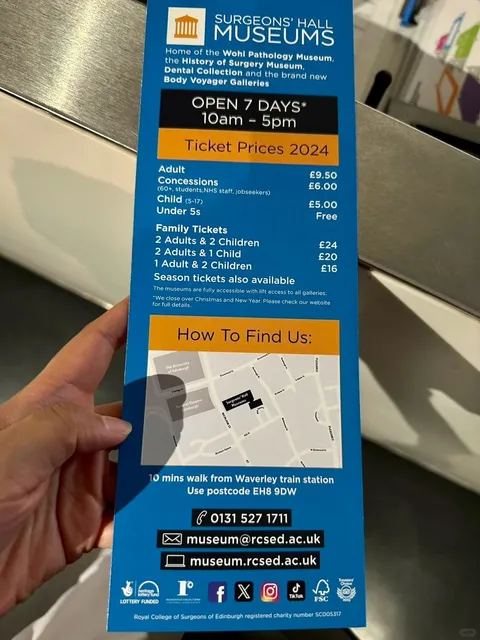Surgeons' Hall Museums things to do, attractions, restaurants, events info and trip planning
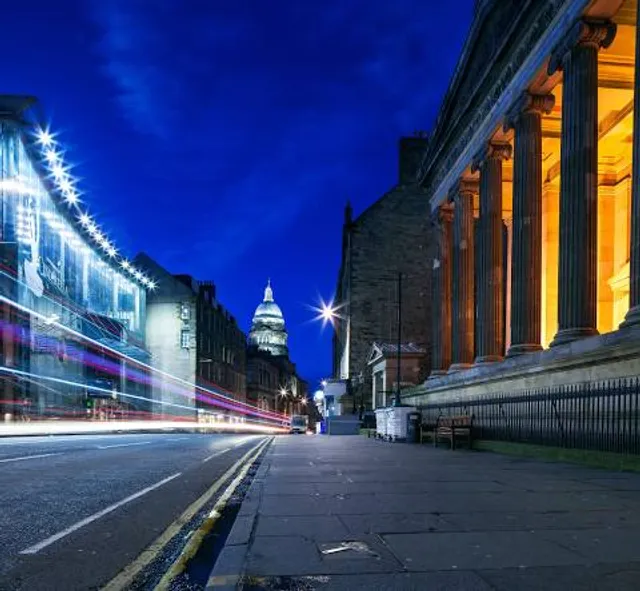
Basic Info
Surgeons' Hall Museums
Surgeons Hall Museums, Nicolson St, Edinburgh EH8 9DW, United Kingdom
4.7(1.9K)
Open 24 hours
Save
spot
spot
Ratings & Description
Info
Surgeons' Hall in Edinburgh, Scotland, is the headquarters of the Royal College of Surgeons of Edinburgh. It houses the Surgeons' Hall Museum, and the library and archive of the RCSEd. The present Surgeons' Hall was designed by William Henry Playfair and completed in 1832, and is a category A listed building.
Cultural
Accessibility
attractions: Festival Theatre, National Museum of Scotland, Edinburgh Central Mosque, Assembly Roxy, Old College, The University of Edinburgh, Dovecot Studios, The Caves, Royal Mile, Talbot Rice Gallery, The Real Mary King's Close, restaurants: Pizza Posto, City Restaurant Fish & Chips, Solti, Tuk Tuk Indian Street Food Southside, The Mosque Kitchen, Ciao Roma, Mother India's Cafe Edinburgh, Café 1505, Palmyra Pizza, KFC Edinburgh - Nicolson Street
 Learn more insights from Wanderboat AI.
Learn more insights from Wanderboat AI.Phone
+44 131 527 1711
Website
museum.rcsed.ac.uk
Plan your stay

Pet-friendly Hotels in City of Edinburgh
Find a cozy hotel nearby and make it a full experience.

Affordable Hotels in City of Edinburgh
Find a cozy hotel nearby and make it a full experience.

The Coolest Hotels You Haven't Heard Of (Yet)
Find a cozy hotel nearby and make it a full experience.

Trending Stays Worth the Hype in City of Edinburgh
Find a cozy hotel nearby and make it a full experience.
Reviews
Nearby attractions of Surgeons' Hall Museums
Festival Theatre
National Museum of Scotland
Edinburgh Central Mosque
Assembly Roxy
Old College, The University of Edinburgh
Dovecot Studios
The Caves
Royal Mile
Talbot Rice Gallery
The Real Mary King's Close
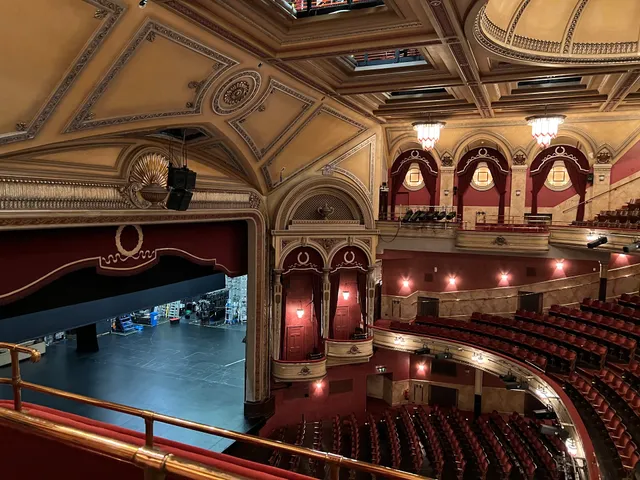
Festival Theatre
4.7
(1.7K)
Open 24 hours
Click for details
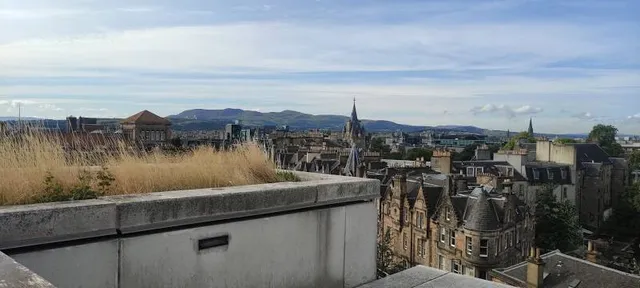
National Museum of Scotland
4.8
(20.3K)
Open 24 hours
Click for details
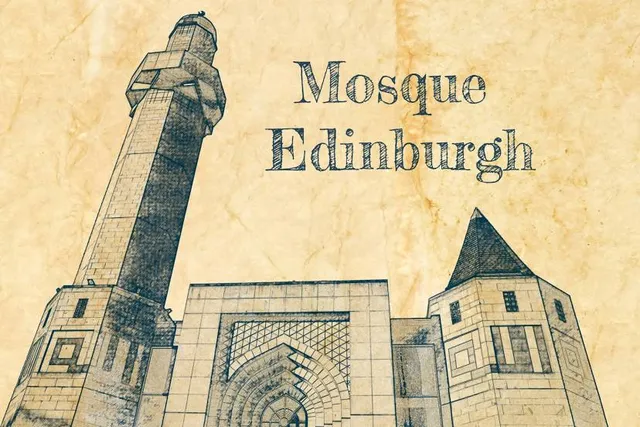
Edinburgh Central Mosque
4.9
(1.0K)
Open 24 hours
Click for details
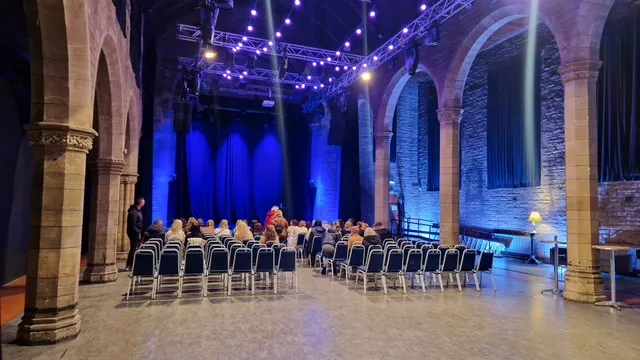
Assembly Roxy
4.4
(316)
Open 24 hours
Click for details
Things to do nearby
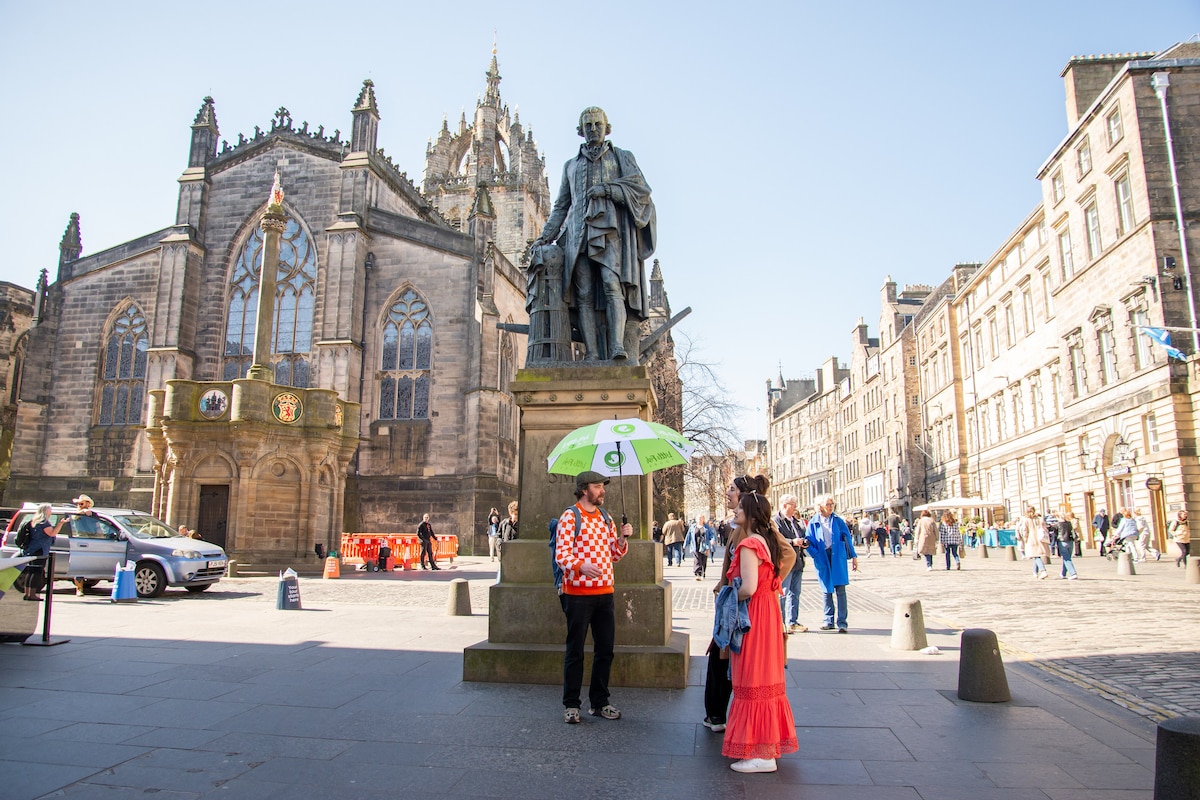
Uncover Edinburghs old town
Thu, Jan 8 • 10:30 AM
Edinburgh, EH1 1RF, United Kingdom
View details
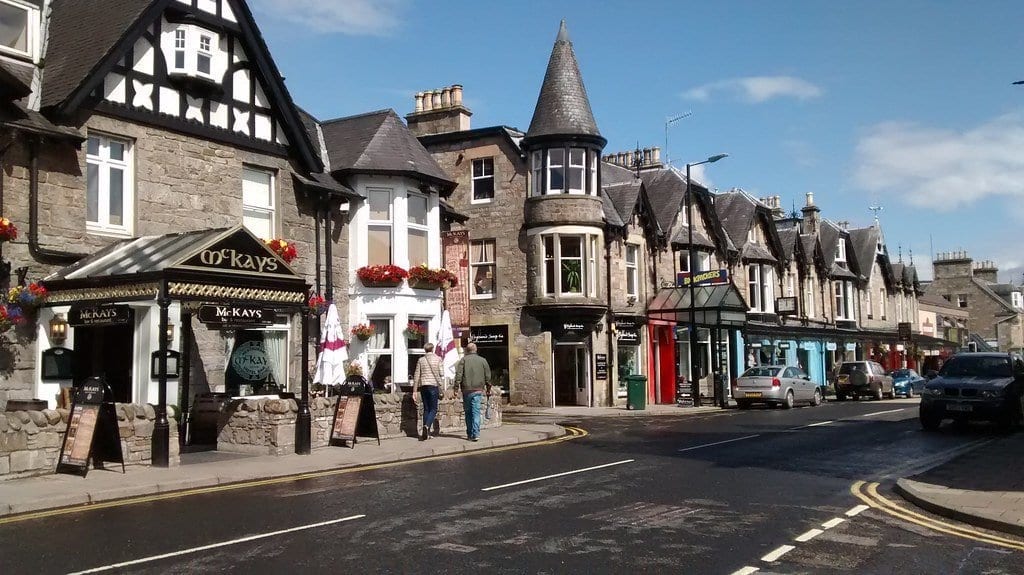
Ride to Loch Ness, Glencoe, and the Highlands
Thu, Jan 8 • 8:00 AM
Edinburgh, EH1 2EL, United Kingdom
View details

The Dark Side of Edinburgh
Thu, Jan 8 • 8:00 PM
Edinburgh, EH1 2JU, United Kingdom
View details
Nearby restaurants of Surgeons' Hall Museums
Pizza Posto
City Restaurant Fish & Chips
Solti
Tuk Tuk Indian Street Food Southside
The Mosque Kitchen
Ciao Roma
Mother India's Cafe Edinburgh
Café 1505
Palmyra Pizza
KFC Edinburgh - Nicolson Street

Pizza Posto
4.6
(1.3K)
Click for details
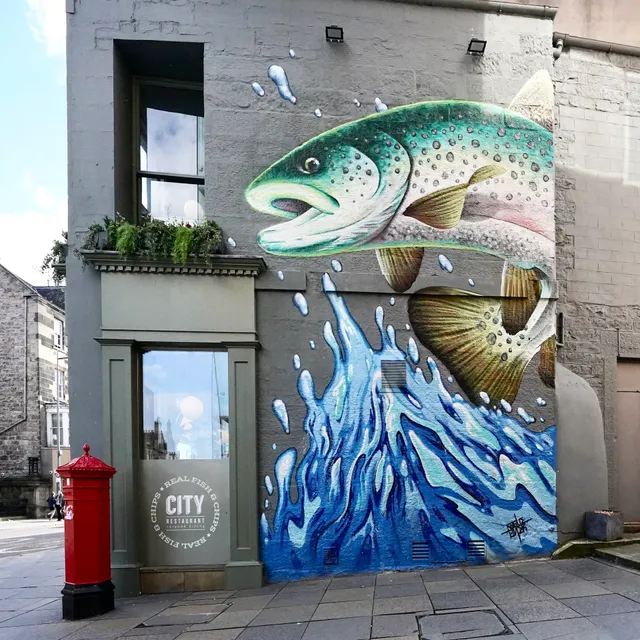
City Restaurant Fish & Chips
4.5
(1.3K)
Click for details

Solti
4.8
(756)
Click for details

Tuk Tuk Indian Street Food Southside
4.7
(740)
Click for details


